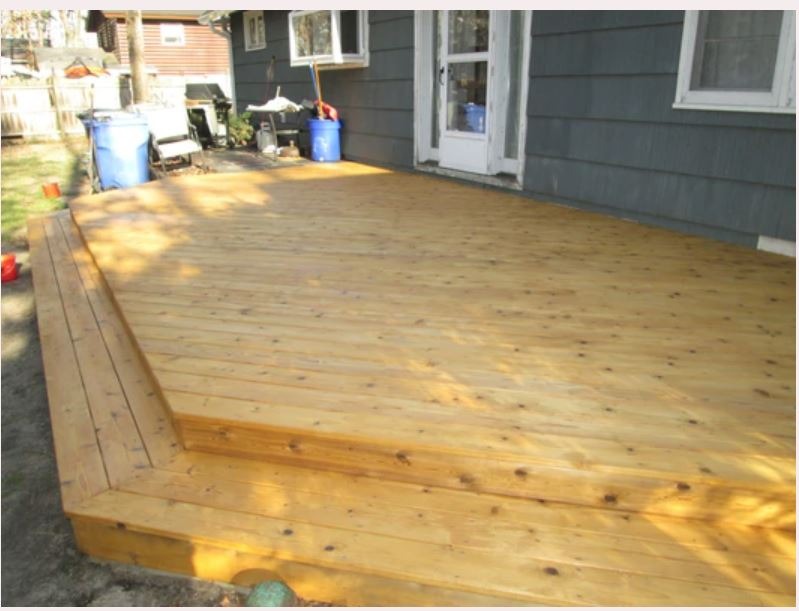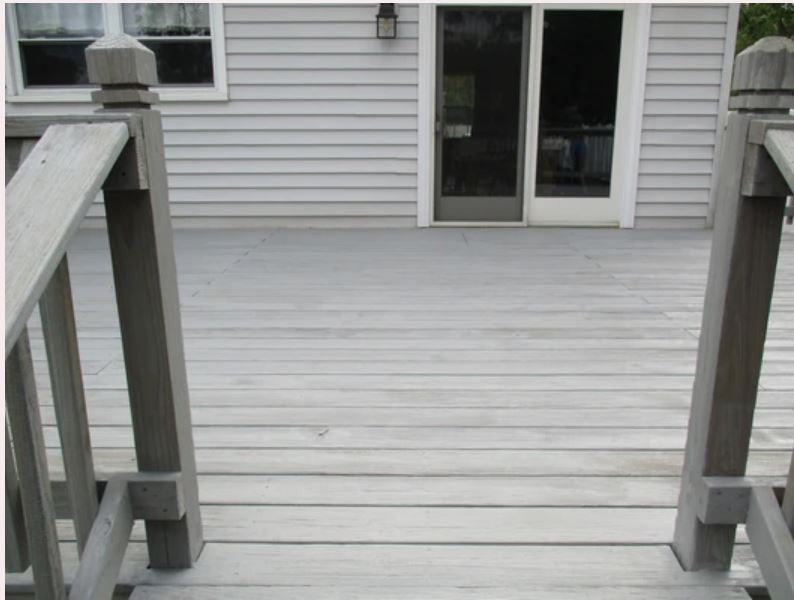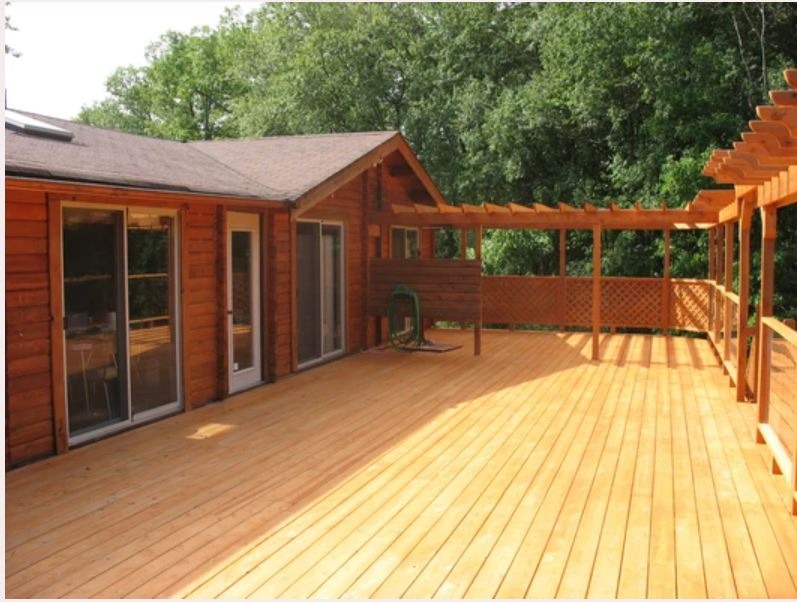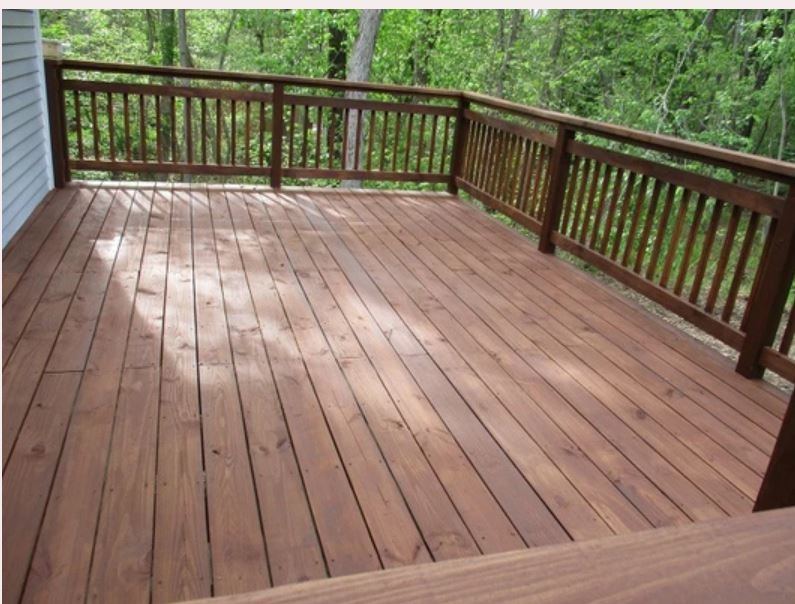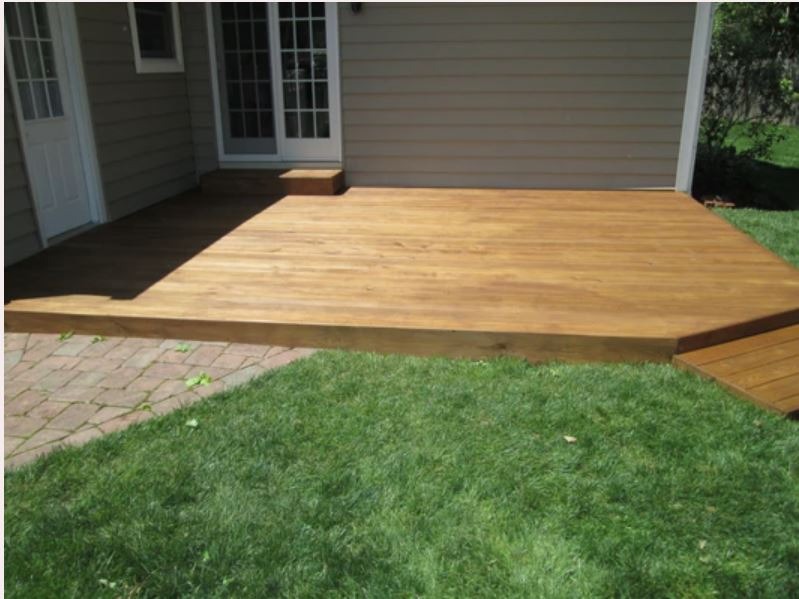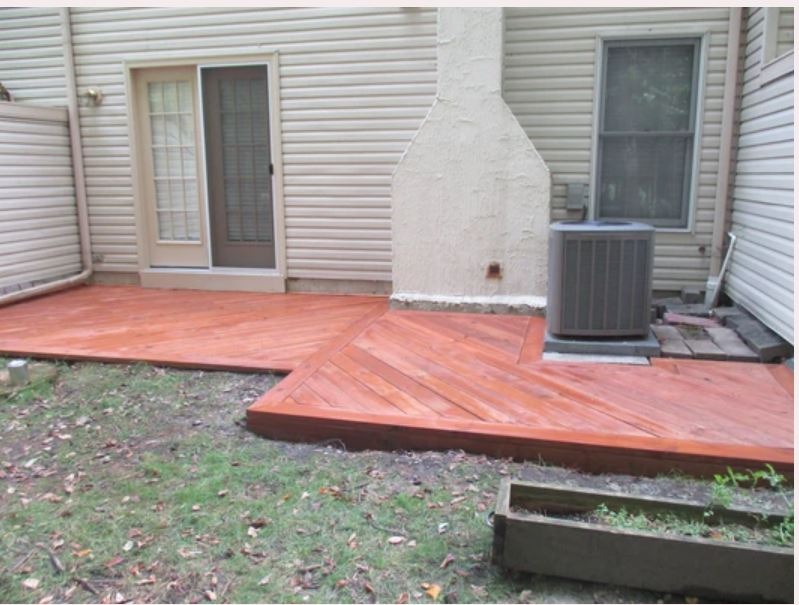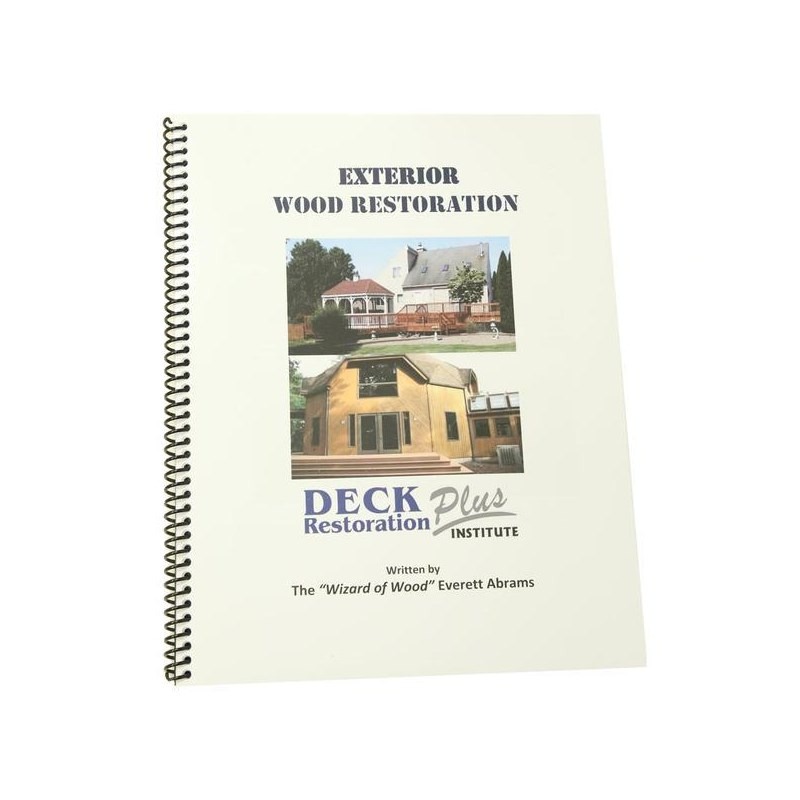Why Does Exterior Wood Need to be Sealed?
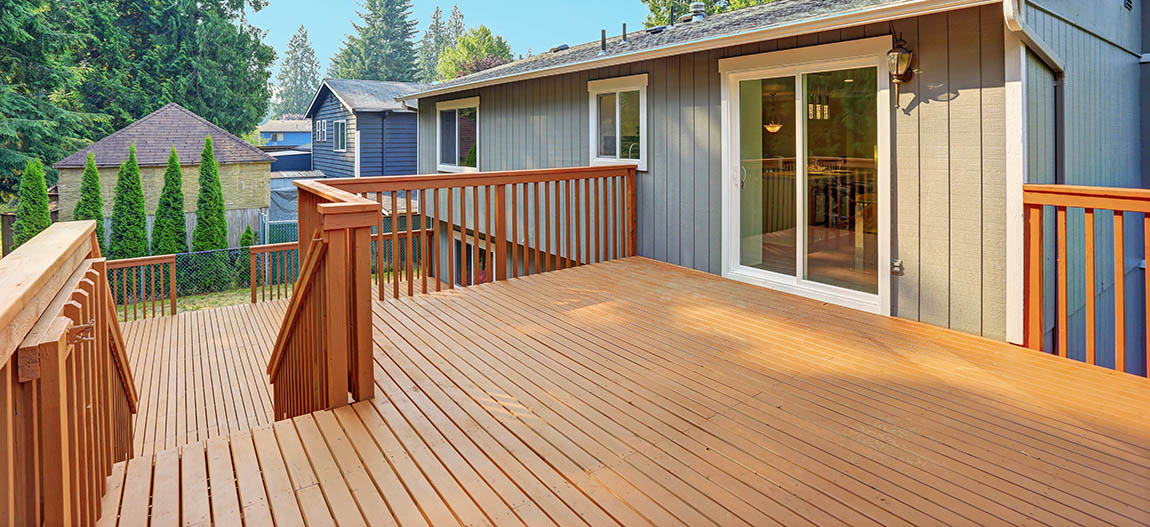
All wood will deteriorate over time if left unprotected from the elements. Some woods decay faster than others, but ultimately, the elements are not good for any type of wood.
There are two main culprits – sun and water.
UV Damage: Ultraviolet rays from the sun are what cause decks fade and gray.
Water Damage: As water seeps into the wood, the moisture makes it an ideal place for mold, mildew, and bacteria to grow. It also causes the wood to expand in the heat, contract in the cold, and expand if the water freezes. All this is a lot of wear and tear on the wood.
This is where sealers come in. Sealers help keep moisture out of the wood and prevent UV rays from damaging the surface. However, you must use a semi-permeable sealer that still allows the wood to “breathe” to be effective.
Which Sealer Is Best?
Sealers and stains come in many forms: oil-based, water-based, penetrating oils, film-forming oils, etc., and in a variety of colors. Most people want the sealer to enhance the wood’s natural effect, not hide it (like paint). It takes a lot of trial and error, and a thorough understanding of the wood-restoration process to be able to determine what is truly the best option for each wood project. While most sealers and stains have their place, unless you are an expert, it’s often best just to pick a type/brand and stick with it, ideally one that is not difficult to work with or maintain in the future. Then you can explain to your customer the why behind whichever product you choose. Our recommendation is to use a penetrating stain and sealer, such as the Deck Restoration Plus (DRP) line of water-based sealers.
Deck Restoration Plus Stains
- Easy-to-apply and maintain products enhance the natural grain and characteristics of the wood.
- Penetrating water-based stain, not a film-forming water based stain, so it soaks into the wood rather than just sitting on th surface.
- Can be applied to wet or dry wood, which helps prevent wait times when scheduling
- Does not attract mold or mildew growth like oil-based stains
- Doesn't blister or peel
- Allows the wood grain to show through
- Available in a variety of colors
- Lasts approximately 2 years on horizontal surfaces and 4 years on verticals.
- Available in one or five-gallon options
- VOC Compliant
- Environmentally Friendly
- UV Resistant
- Superior Water Beading
- Easy Future Maintenance
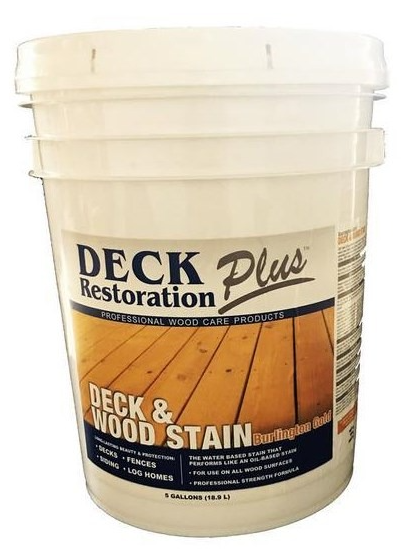
Example of one of six color options for DRP wood stains. Available in single gallon or five gallon options.
DRP Stain Colors
How Long Do Sealers Last on Exterior Wood?
Your customer will ask this question, and the answer is “it depends.” While DRP Stains typically last 2 years on horizontals and 4 on verticals, it’s going to depend on other factors: the deck’s location, the wood’s condition, the local weather, the use of the deck, etc.
Another important thing to remember is that any guarantee refers to the ability to repel water, not to look pretty. This is what often happens when using water repellents with a “lifetime” or “25-year”
You can learn more about cedar shake restoration, along with all things wood, from the "Wizard of Wood" himself in the Deck Restoration Plus (DRP) Exterior Wood Restoration Manual, written by Everett Abrams.
Contents include:
- Species of Wood
- Equipment, Supplies, and Maintenance
- Chemicals
- Identifying Issues & Troubleshooting
- The restoration process
- Coatings
- Pricing/Estimating
- Marketing and Branding
- Safety


